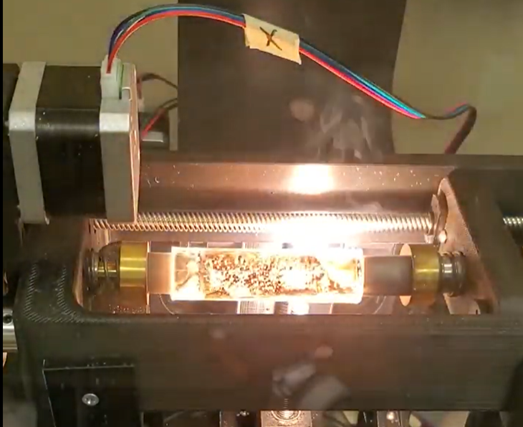SURF Break – Zero-Net Cost Method Turns Waste into Resource

Rice University has revealed a new method to remove per- and polyfluoroalkyl substances (PFAS) from water systems while simultaneously converting the PFAS into graphene. The method uses flash joule heating, which creates a literal “flash” of high voltage and high current to eliminate PFAS molecules.
How does it work? Granular activated carbon saturated with PFAS is combined with mineralizing agents (like sodium or calcium salts) and then a high voltage is applied to create an intense thermal reaction. The reaction breaks the strong carbon-fluorine bonds of PFAS, converting the fluorine into immobile, nontoxic fluoride salt, while concurrently producing graphene from the activated carbon. Graphene is valued by electronic, energy storage, and construction industries (to name a few) for its strength, conductivity, and flexibility. The research was funded by the Air Force Office of Scientific Research, U.S. Army Corps of Engineers, National Science Foundation Graduate Research Fellowship Program, Stauffer-Rothwell Scholarship, and Rice Academy Fellowship.
Click here for more information.


